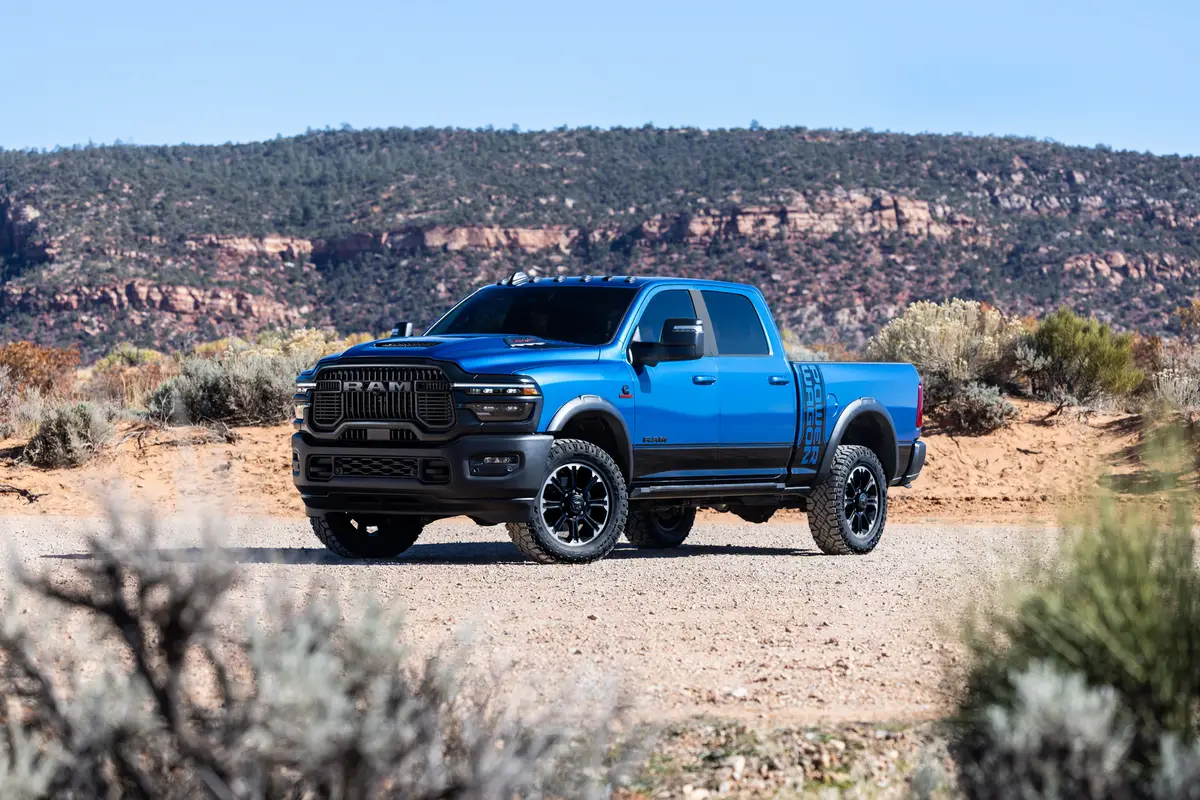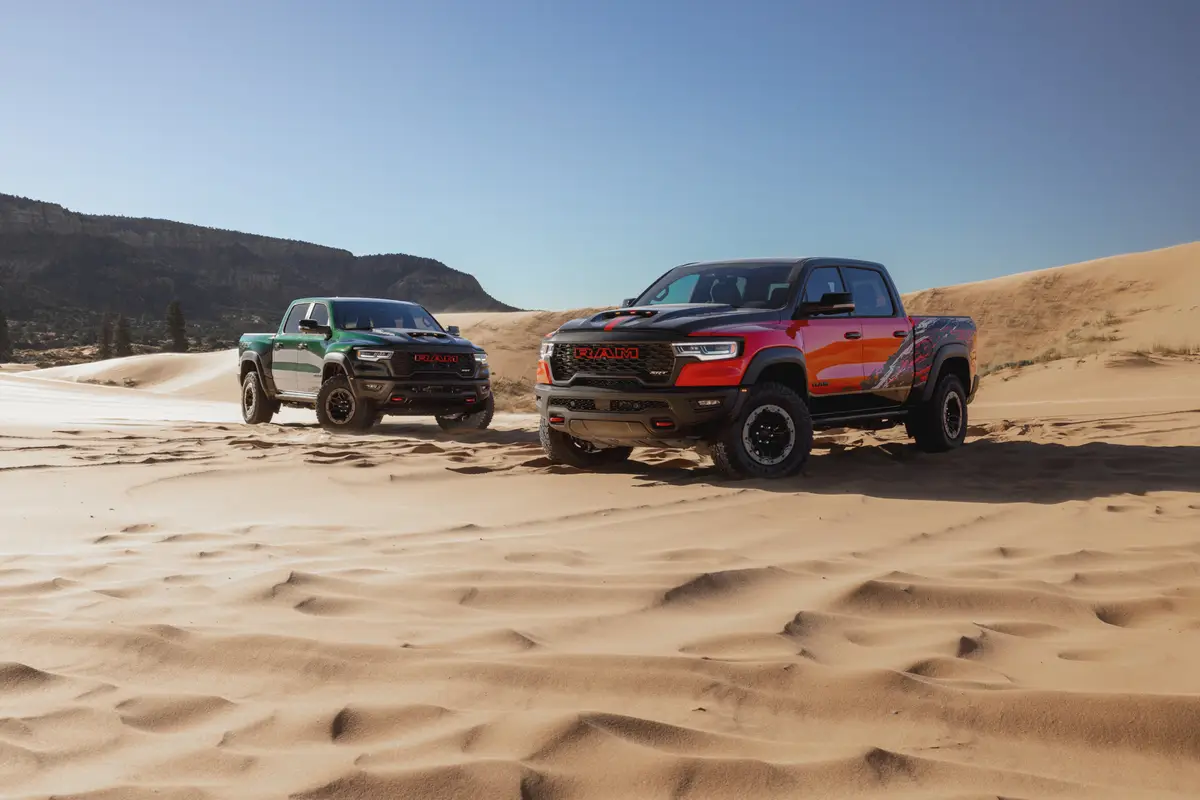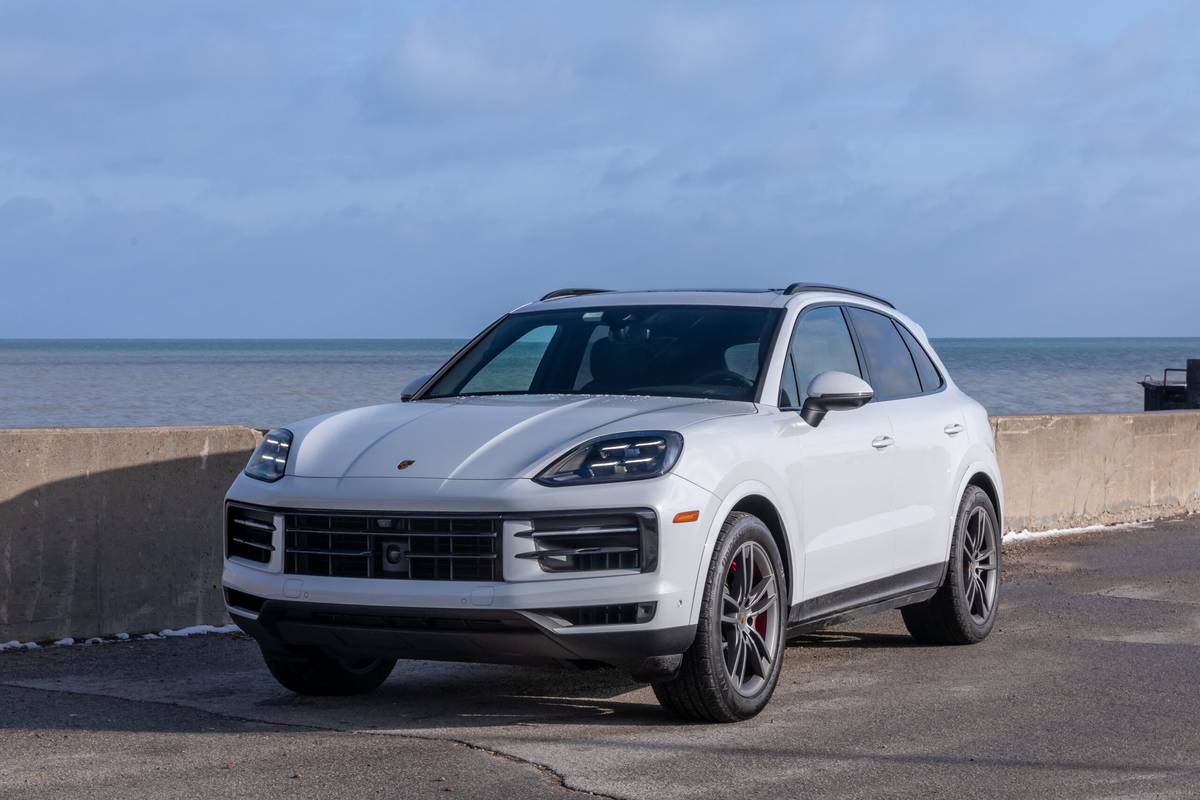washingtonpost.com's view
1998 Toyota Corolla LE and Chevrolet Prizm LSi
There were two — the 1998 Toyota Corolla LE and Chevrolet Prizm LSi sedans. They were tested together because there was very little to tell them apart.
They were born in the same New United Motor Manufacturing Inc. plant in Fremont, Calif. They had the same parents, Toyota Motor Corp. and General Motors Corp. Their industrial midwives, the assembly workers who birthed them, know all of this.
But their parents and dealers insist on pretending the two cars have nothing in common. One side of the family contends that the Corolla is inherently superior by virtue of its Toyota name. The other, in a reactionary fit of Yankee pride, prefers to call the Prizm a “genuine Chevrolet,” implying that it is all-American and has nothing to do with Toyota or the Japanese.
It’s a matter of perception management.
The Corolla LE is intended for “import buyers,” who presumably expect more from their cars and the companies that make them. The Prizm LSi is aimed at “import intenders,” who are turning away from supposedly inferior domestics in pursuit of the perceived better quality of imports.
Except, well, there’s this: GM calls its new Prizm a Chevrolet instead of a Geo. It’s a perception shift. GM adopted the Geo name in 1991 under the assumption that no one interested in imports would look at a car called Chevrolet.
But Chevrolet now produces top-quality cars, and its dealers say they no longer need to hide behind the Geo name to attract import intenders or anyone else. Besides, they say, Prizm’s quality speaks for itself.
The more logical among you might find all of this a bit silly, and you’d be right. But right is wrong in a world where perception is reality.
Background: This was a group test, meaning that several drivers were involved. Our mission was to come up with at least one outstanding reason to choose one car over the other. We found none — nothing functional, stylistic or mechanical, anyway.
There were some modest variations in warranty coverage. But these appeared to be based more on the marketing strategies of the corporate parents than on any qualitative differences in the cars themselves.
And the prices were about equal — both in the $19,000 range — depending on optional equipment chosen. The Corolla LE and Prizm LSi are front-wheel-drive, five-passenger cars, both substantially improved and restyled for 1998.
Generally, here is what shoppers will find: substantially better exterior and interior design than that of previous Corolla/Prizm models. Both cars have sloping, slightly sculpted hoods that make them look sexier than their plain-hood predecessors. Rear-end treatments are flippant, borderline whimsical, not what you would expect on bread-and-butter family cars. The interiors are pleasant, comfortable and ergonomically correct in every way.
Both cars share Toyota’s new 1.8-liter, in-line four-cylinder, twin-cam, 16-valve, electronically fuel-injected engine, which produces 120 horsepower at 5,600 rpm and 122 pound-feet of torque at 4,400 rpm. That’s about 15 horsepower more than the previous Corolla/Prizm models.
A five-speed manual transmission is standard in both the Prizm LSi and Corolla LE, which are the top models in their respective lines. There are two optional automatic transmissions, a three-speed and a four-speed. Trim levels differ slightly. Toyota offers a sub-base Corolla, a VE, which is expected to be hard to find in dealers’ showrooms. There’s a base Corolla CE and the tested LE. Chevrolet keeps it simple with a base Prizm and the upscale Prizm LSi.
Shoppers would be wise to examine both the Corolla and Prizm carefully and to pay close attention to the separate warranties on the two cars before making a decision.
1998 Toyota Corolla LE and Chevrolet Prizm LSi
Complaint: These are no longer economy cars, unless you consider $19,000 “economy.” Of course, you can buy less-ex ensive versions. But “less expensive” starts at $11,908 for the Corolla and $13,713 for the Prizm.
Praise: These are the small cars everyone has been asking for: cute, zippy, extremely well constructed, economical, easy to drive and quite safe as small cars go. Toyota and GM have met our demands, all of which cost money.
Head-turning quotient: Though the Prizm LSi was painted what GM calls “canyon red mica-metallic” and the Corolla LE was “sandrift metallic,” at least one of our three drivers got confused. She started out in the Prizm in the darkness of the wee morning hours and phoned me to say she “took the wrong car.” She thought she had the Corolla.
Ride, acceleration and handling: Among best in class in all three categories. Well-balanced ride and handling with four-wheel independent suspension system (MacPherson struts front and rear with double-acting shock absorbers and stabilizer bars). Good-braking power vented discs up front and rear drums in back with optional antilocks on both cars.
Safety: In addition to the usual front air bags and lap belts and shoulder harnesses, there are optional side air bags for the driver and front passenger in the Corolla and Prizm. The side bagsare mounted in the outboard sides of the front seats and are designed to provide increased protection in side-impact crashes.
Mileage: Both cars averaged about 33 miles per gallon on runs along the New Jersey Turnpike. Fuel capacity is 13.2 gallons. Estimated travel range was 427 miles on usable volumes of recommended 87-octane unleaded.
Sound system: AM-FM stereo and cassette deck with console-mounted CD player in both cars. By GM/Delco. Good.
Price: The base price on the Corolla LE was $15,598, with a dealer invoice of $13,816 on that model. Price as tested was $18,715, including $2,697 in options and a $420 destination charge.
The base price on the Prizm LSi was $14,673, with a dealer invoice of $13,529 on that model. Price as tested was $19,488, including $4,410 in optionsand a $405 destination charge.
Purse-strings note: Virtually the same car. Slight differences in warranties. Shop for pricing and dealer service, and choose accordingly.
Latest news



